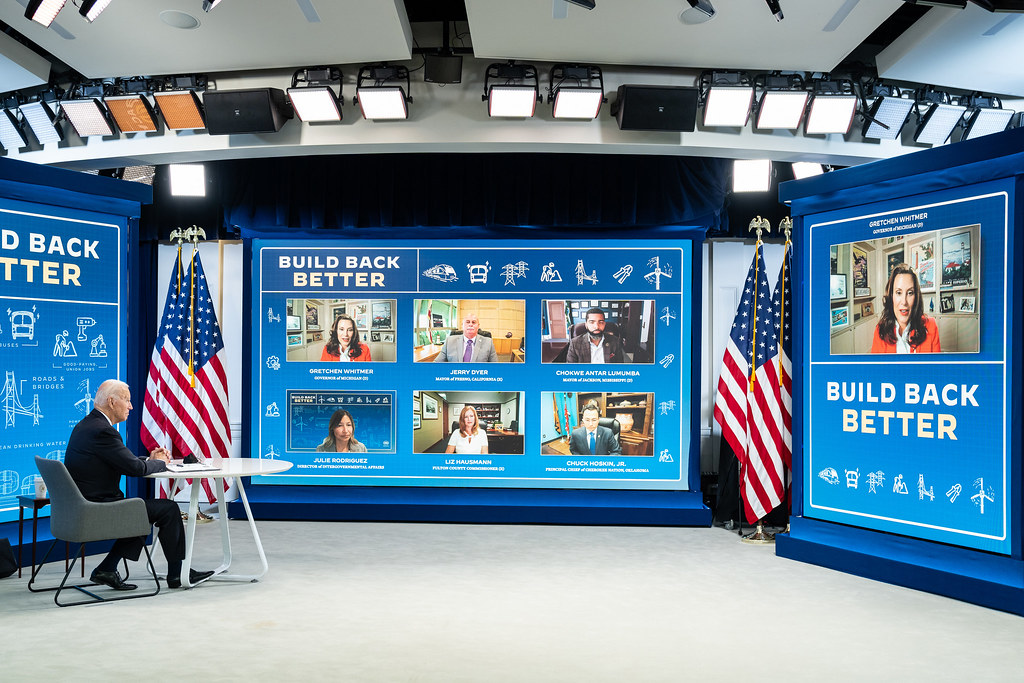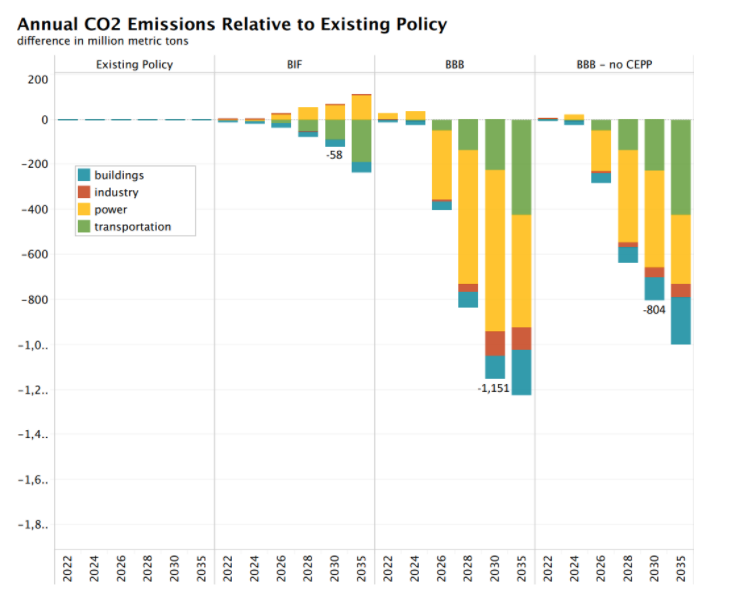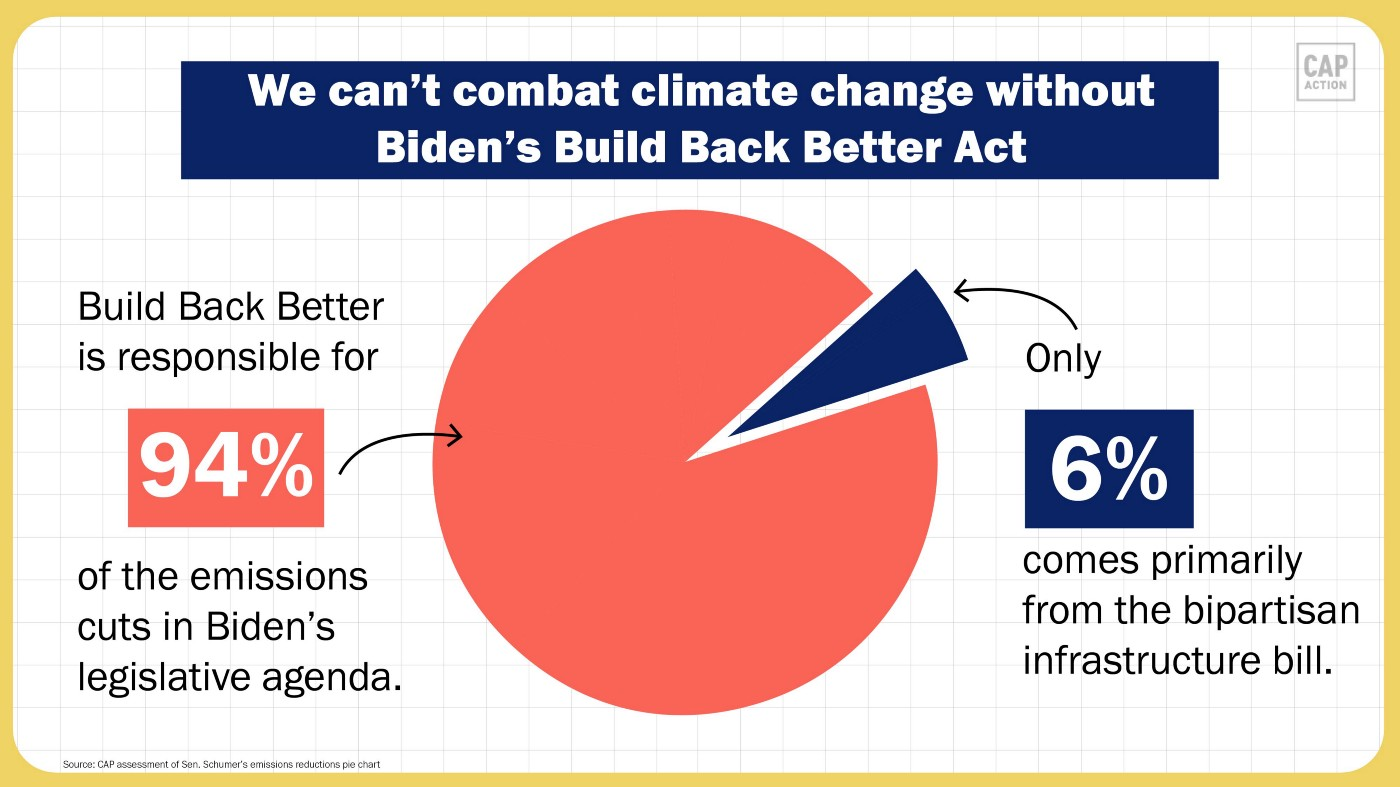That stark contrast reflects a fundamental difference in the scope of the two policy packages. While the BBBA dedicates hundreds of billions of dollars to economy-wide decarbonization initiatives, the infrastructure bill takes a far more limited approach that focuses on resilience over mitigation—meaning its largest climate-related investments go to projects like grid hardening, disaster preparedness, and water infrastructure resilience. While important, those investments in climate resilience will do nothing to avoid the accelerating climate damages which, left unchecked, will overwhelm America’s infrastructure, economy, and public health.
The bill’s investments in directly cutting climate-warming pollution, such as funding for EV charging infrastructure projects and energy efficiency programs, are far more modest. And the REPEAT Project further shows that, while the bill does lead to some modest net emissions reductions, some of its investments—like grants for natural gas fueling stations—actually increase carbon pollution. Those countervailing initiatives weaken the bill’s emissions reductions impacts.
Why We Need BBBA
The BBBA would constitute the United States’ largest-ever investment to defeat the climate crisis and protect a liveable future for all Americans. The BBBA includes more than $550 billion in climate investments, including clean energy tax credits promoting cheaper, cleaner energy, investments in American manufacturing and supply chains, a new Greenhouse Gas Reduction Fund (a Green Bank) that will provide vital low-cost financing for clean infrastructure projects, a Civilian Climate Corps that will put hundreds of thousands of people to work tackling the climate crisis in their own communities, and much more.
The BBBA will make a vital contribution towards achieving America’s climate goals, and its climate investments will have far-reaching benefits beyond greenhouse gas pollution reduction. It will begin to address the harms inflicted by decades of systemic environmental racism, create millions of new good-paying union jobs, and help ensure that American industry remains competitive in the clean energy economy of the future. The choice is clear: we need the BBBA to make meaningful progress on climate.
Time to Deliver
In 2020, voters elected Democrats to enact a bold agenda for climate action, and the Build Back Better Act is their chance to prove they can deliver. President Biden has made a historic commitment to cut climate pollution by 50-52% by 2030, but the bipartisan infrastructure bill alone will not get us there. We need the BBBA to meet our climate goals, supercharge our clean energy economy, and give young Americans and future generations their best shot at a liveable future.
Next week, House Democrats will face a critical test of their ability to lead. To show the American people that they can keep their word and deliver the popular agenda that they ran and won on, there’s only one option. It’s time to pass the Build Back Better Act.
Call your representatives and let them know you're counting on their support for the Build Back Better Act. We've written a script for you and grabbed your representatives' numbers, so it couldn't be quicker, easier, or more meaningful. Thanks for taking action today.


